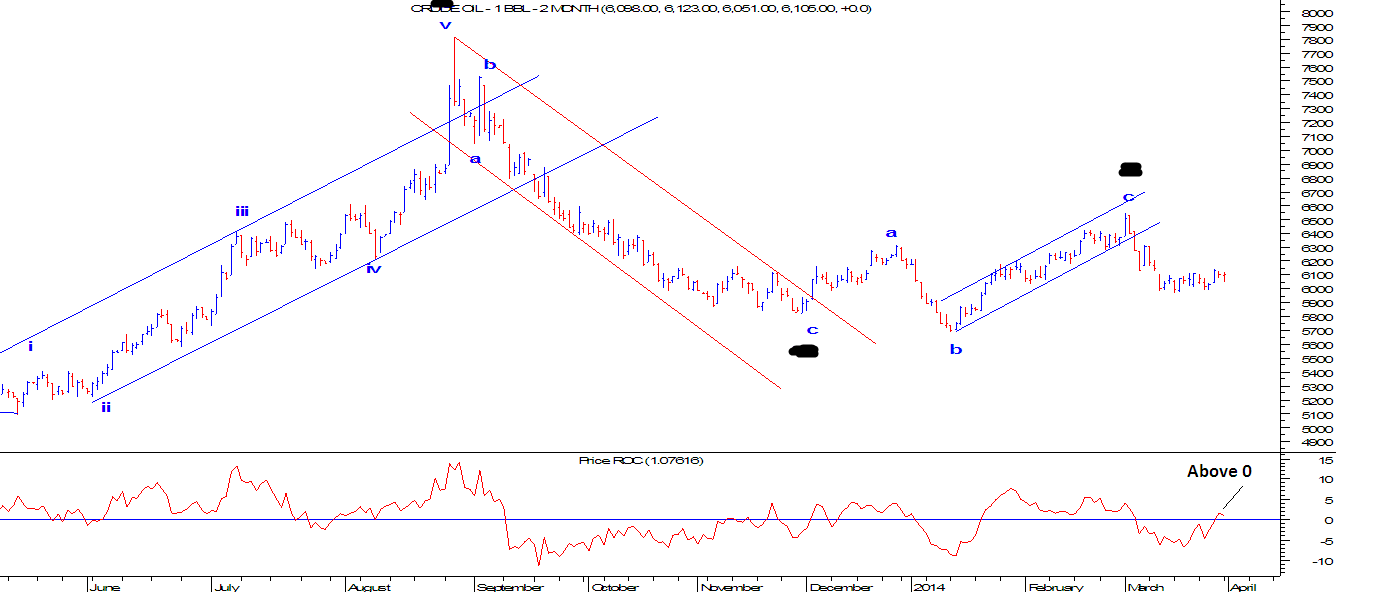Nifty: Expanding Diagonal Pattern

Yes, you heard it right and you will see it after reading this article. A diagonal pattern or a wedge pattern occurs in some fixed waves. This pattern forms when there is a massive distribution or accumulation happening. Nifty often forms diagonal patterns and the post implication is hazardous whether its 2008, 2013, 2014 fall all has diagonal pattern forming. Diagonals are of 2 types one is an Ending diagonal and other is a Leading diagonal. In ending diagonal one of the types is also known as Expanding diagonal. The rise from 5933 till 6869 in Nifty was so fast that majority of analysts thought at every peak that Nifty will reverse and it proved them wrong thus making all time high. Also on daily chart it is quite visible that RSI has started exhibiting negative divergence which suggests that upside momentum is slowing down. Is Nifty sending an SOS signal? Well plotting an Elliott Wave Counts on Nifty it seems that it is sending an S









